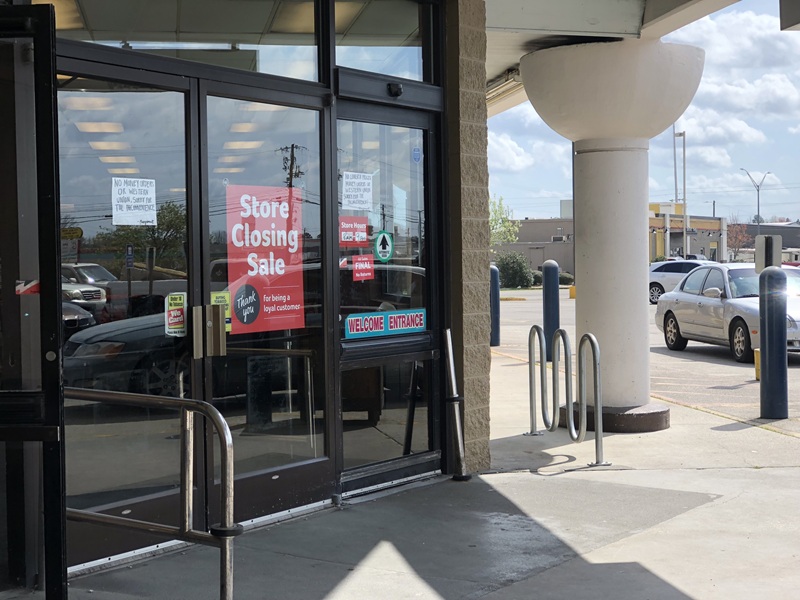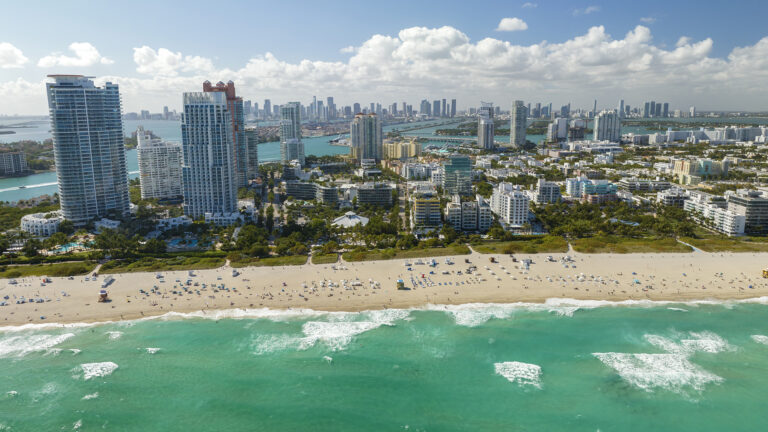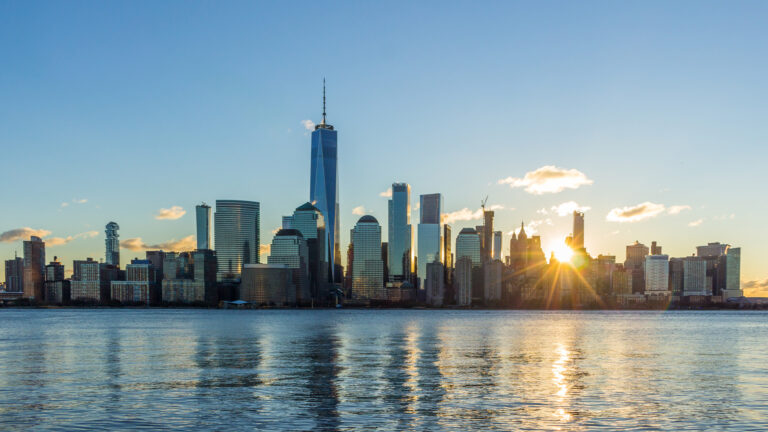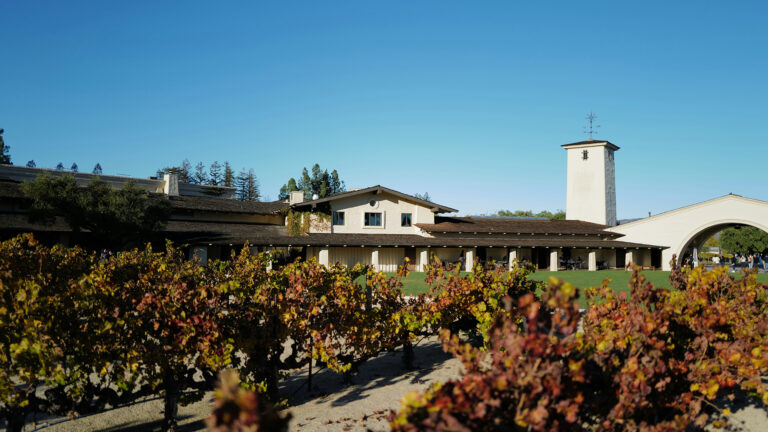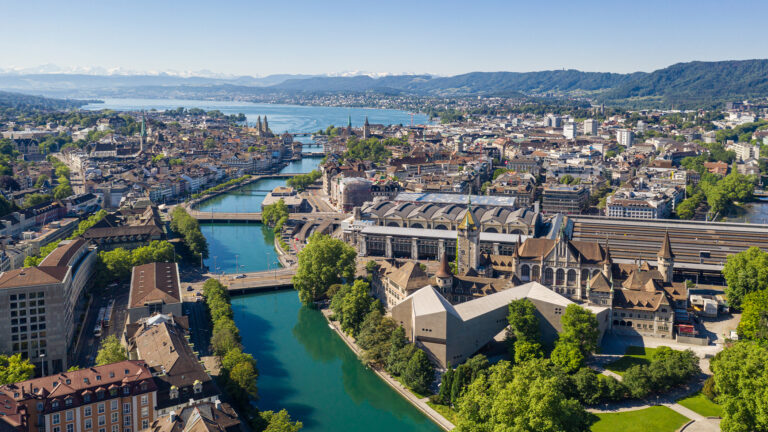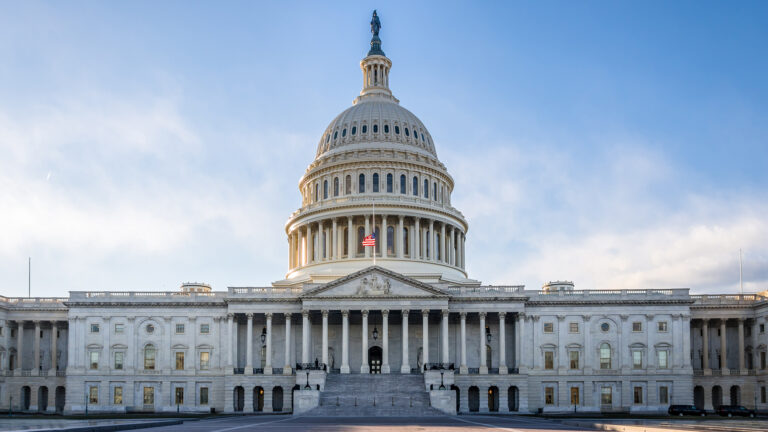Retail leasing volume in the U.S. fell to 31.7 million square feet in the second quarter of 2025, representing a year-over-year decline of nearly 29% — roughly 23% below the long-term average, according to a new report from commercial real estate consultancy Newmark.
The report attributed the slowdown in part to a tightening supply of prime retail space that meets the needs of an evolving retail landscape, as well as ongoing tariff uncertainty that has caused some retailers to pause or delay expansion plans. It noted new retail space deliveries also hit a historic low, totaling just 6.98 million square feet in Q2 — the lowest quarterly total since at least 2000.
Meanwhile, the report also found store closures outpaced leasing activity, pushing net absorption for U.S. retail assets into negative territory. It also highlighted an uptick in high-profile retail bankruptcies, including Joann, Rite Aid, and Forever 21, as contributing factors. In response, many retail operators are streamlining store fleets, focusing on underperforming or strategically misaligned locations, and adopting supply chain-resilient strategies. These trends are expected to continue, potentially driving further negative absorption into 2026.
At the same time, retail availability remained relatively tight at 5.3%, up 10 basis points quarter-over-quarter and 30 basis points year-over-year. Still, it found the rate remains well below the long-term average of 6.6%. Among the tightest markets were smaller metro areas such as Raleigh, NC, and Albany, NY, while larger cities including Boston, Minneapolis, and Seattle ranked among the top 15.
In terms of 12-month net absorption, Texas continued to dominate, with three markets in the national top five. San Antonio came in at number six, while smaller markets like Grand Rapids, Michigan, and Lehigh Valley, PA, also ranked among the top 15.
The report also highlighted that freestanding retail and power centers continue to enjoy above-average occupancy rates, while neighborhood centers have exhibited more mixed performance amid the shifting market conditions. Community and strip centers trailed slightly at 93.5%, and malls, lifestyle centers and outlets continued to struggle, with no sign of the ability to recover lost tenants that either relocated to more appealing centers or that exited the market entirely.
Although quarter-over-quarter asking rent growth was slightly positive, year-over-year rents declined. A closer look reveals that asking rents are being anchored by a growing share of subprime space. More than 250 million SF of retail space has been on the market for two years or more—accounting for roughly 45% of total availability.
Occupancy for retail assets built before 2000 has declined by more than 50 basis points since 2008, while assets delivered in 2000 or later have seen occupancy rise by 157 basis points. Retail absorption in 2025 would be positive if not for the drag from older properties. With limited new development in the pipeline, this dynamic is likely to persist until older assets are redeveloped, reimagined, or at minimum, demolished.
On a brighter note, some value-oriented retailers are viewing the uncertainty as an opportunity to grow. The report pointed out the trend of limited new development has helped cushion fundamentals from the impact of reduced leasing demand. With fewer than 10 million square feet in the development pipeline, leasing volume is expected to continue outpacing completions well into the future.

